Tag: fluid therapy

Optimal Fluid Therapy for Sepsis Management in Critically Ill Adults
For a study, researchers aimed to analyze the fluid treatment in septic critically ill adults. About 20% to 30% of patients were admitted to an ICU with sepsis. In sepsis patients, investigators observed intravenous fluid... read more

Fluid Therapy for Critically Ill Adults with Sepsis
Fluids are an important component of treating patients who are critically ill with sepsis. Although optimal fluid management in patients with sepsis remains uncertain, clinicians should consider the risks and benefits of... read more

Correlation of Common Carotid Artery Blood Flow Parameters With TTE-CO for Assessing Fluid Responsiveness After PLR Test in Critically Ill Patients
The passive leg raising (PLR) test is a simple, non-invasive method of knowing fluid responsiveness by acting as an internal-fluid challenge. The PLR test coupled with a non-invasive assessment of stroke volume would be the... read more
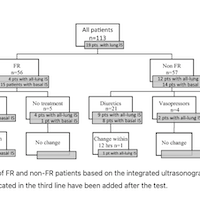
Fluid Responsiveness Evaluation with Integrated Ultrasonographic Approach
In a group of non-ventilated patients, who had already undergone the initial resuscitation, we demonstrated that the evaluation of the fluid responsiveness (FR) based on echocardiography and lung ultrasound increased the... read more

Immediate Norepinephrine vs. Initial Fluid Loading
In endotoxemic shock, immediate start of norepinephrine significantly improved regional splanchnic and intestinal microcirculatory flows when compared with mandatory fixed-dose fluid loading preceding norepinephrine. Immediate... read more
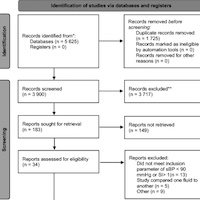
Prehospital IV Fluid Management in Severely Injured Trauma Patients
Weak, primarily observational evidence suggests that standard fluid resuscitation has no significant mortality benefit over restricting/withholding IV fluids in the context of severe/hypotensive trauma. This review adds... read more

The CLOVERS Trial: Does Nothing Matter in Sepsis?
The CLOVERS trials is an open label RCT that did not demonstrate any difference (beneficial or harmful) from using a restrictive fluid strategy over a liberal fluid strategy in sepsis-induced hypotension. Do whatever... read more

Balanced vs. Unbalanced Fluid in Critically Ill Children
Our systematic review found some evidence of improvement in blood pH and bicarbonate values in critically ill children after 4–12 hours of fluid bolus therapy with balanced fluid compared with the unbalanced fluid. However,... read more

Fluid Balance and Ventilator-Associated Events Among Patients Admitted to ICUs in China
There was nonlinear relationship between fluid balance and all three tiers of ventilator-associated event, with an fluid balance between –1 and 0 L corresponding to the lowest risk. Positive but not negative fluid balance... read more
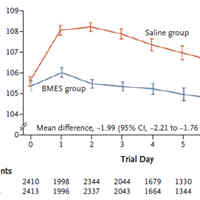
The Ongoing Saga of Normal Saline vs. Balanced Fluids
I have discussed the ongoing battle between normal saline and ‘balanced fluids’ many times in the past. First, there was the SPLIT trial, a double blind cluster RCT of 2200 ICU patients that showed no difference between... read more
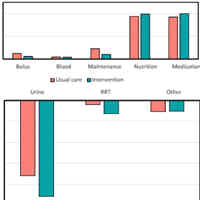
Feasibility of Conservative Fluid Administration and Deresuscitation vs. Usual Care
A strategy of conservative fluid administration and active deresuscitation is feasible, reduces fluid balance compared with usual care, and may cause benefit or harm. In view of wide variations in contemporary clinical... read more

A Rare of Case of COVID-19-Related Pericardial Effusion and Cardiac Tamponade
Acute pericarditis involves inflammation of the pericardial sac, which is made of an inner mesothelial visceral layer that surrounds the heart. Normally, this layer produces ~50 mL of fluid to lubricate the heart and... read more

Accuracy of Cumulative Volumes of Fluid Challenge in Critically Ill Patients
A volume of fluid challenge (FC) of 250 ml with a threshold of 9.6% increase in stroke volume (SV) showed the highest accuracy in detecting fluid responsiveness in critically ill patients with shock. A prospective observational... read more
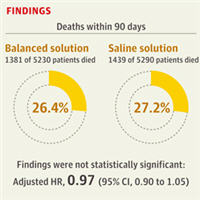
Balanced Solution vs. 0.9% Saline Solution Fluid Treatment in Critically Ill Patients
Among critically ill patients requiring fluid challenges, use of a balanced solution compared with 0.9% saline solution did not significantly reduce 90-day mortality. The findings do not support the use of this balanced... read more




